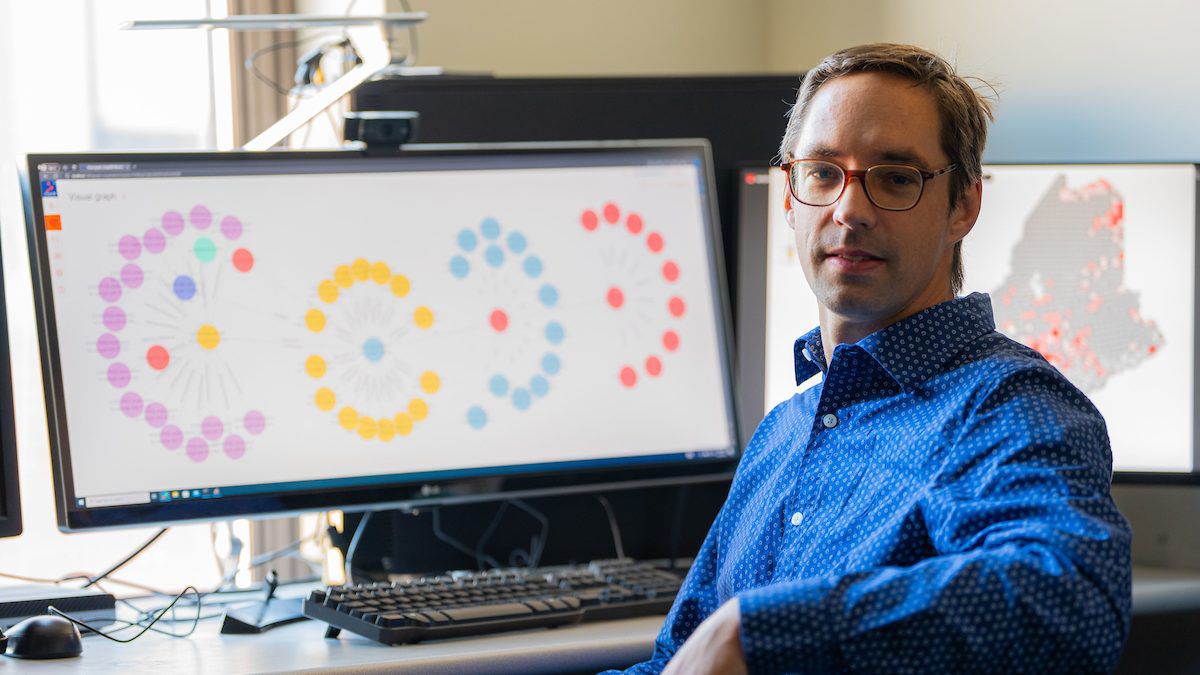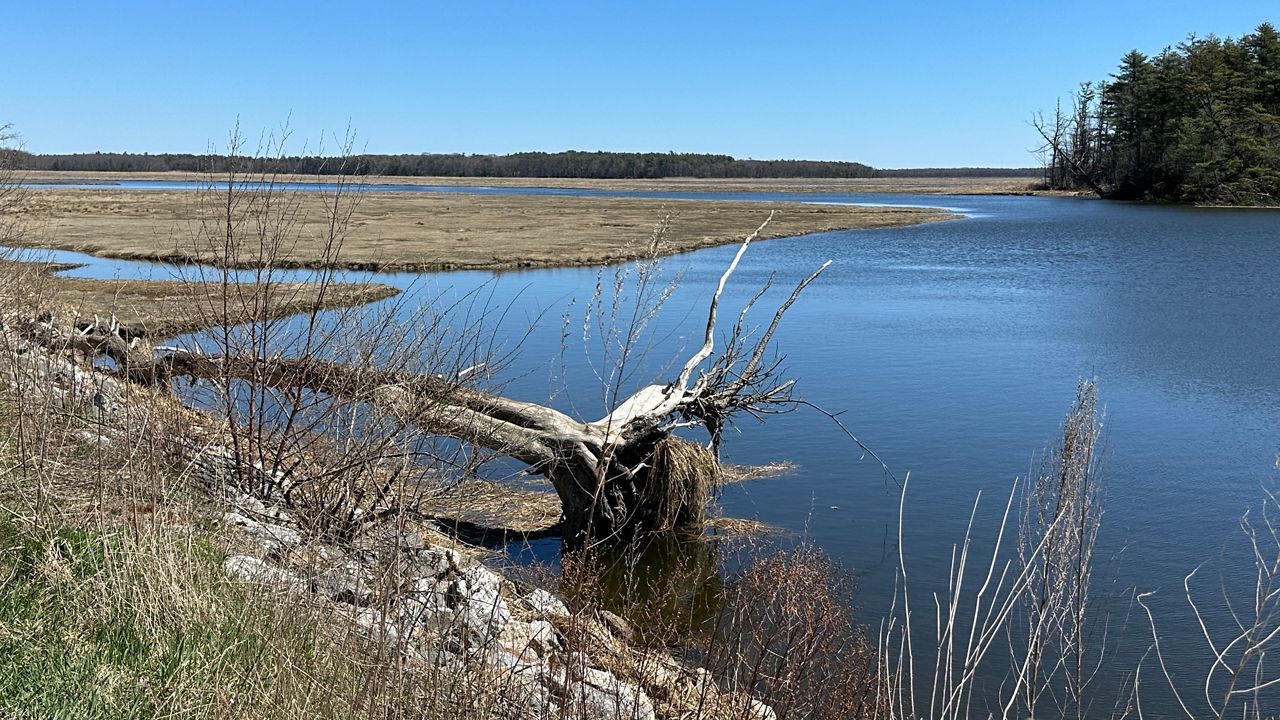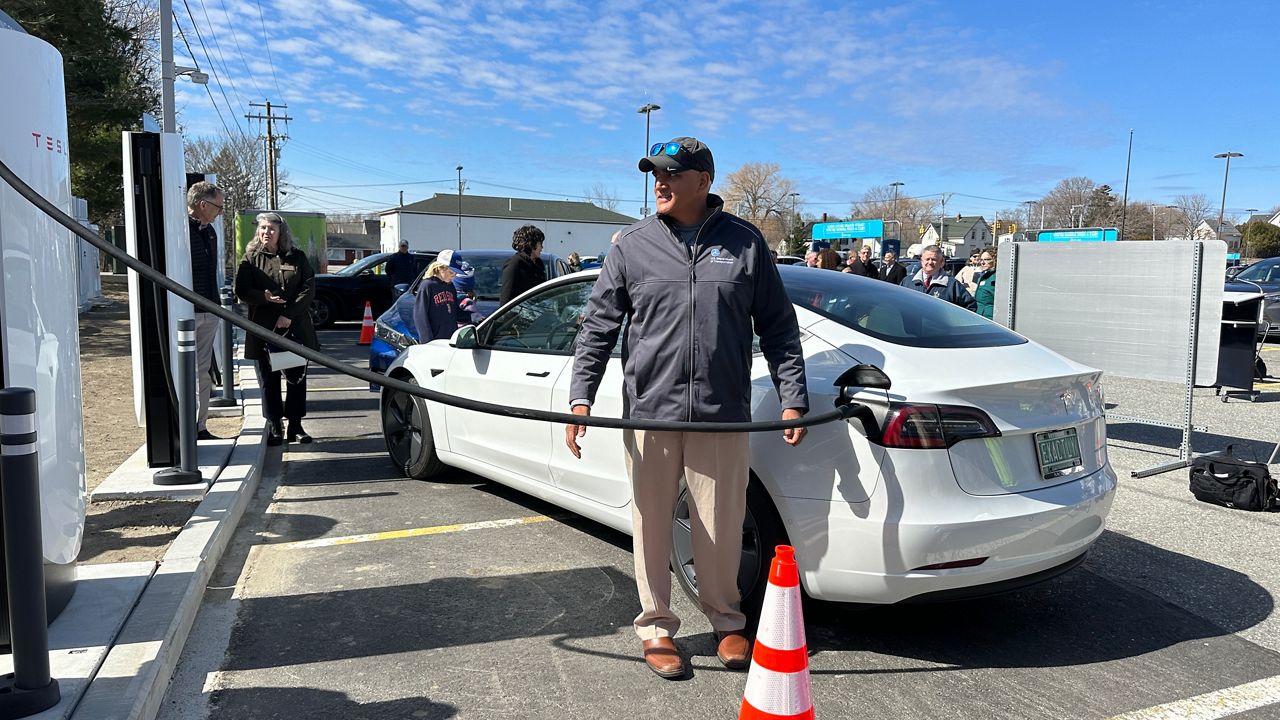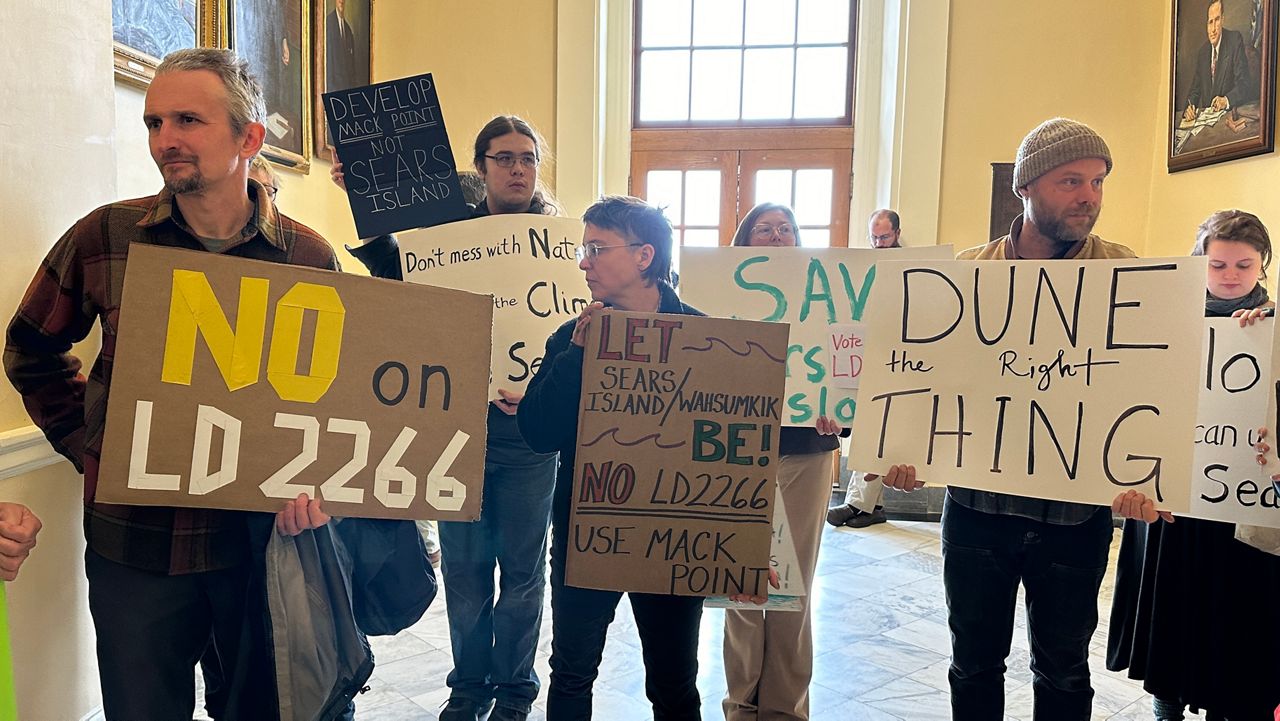A researcher at the University of Maine is developing an interactive digital tool to track so-called “forever chemicals.”
PFAS chemicals linked to cancer have been found in water supplies, farms, household products and elsewhere in the environment. They tend to break down slowly or not at all, hence the “forever chemical” moniker.
They have been found in wastewater sewage that farmers in Maine previously used as fertilizer. The state banned the sludge spreading on land in 2022.
Now, UMaine computer scientist Torsten Hahmann is developing an interactive digital tool that allows users to analyze data on sites and sources of PFAS contamination throughout the U.S., according to a news release from the university.
“There is a ton of data out there and plenty of people are testing, but nobody knows how it all fits together,” Hahmann said. “We are building connections among different pools of data.”
Users of Hahmann’s Safe Agricultural Products and Water Graph (SAWGraph) tool can break down information based on the category of contamination and location, from the state to the municipal level. New data from state and federal agencies will automatically be uploaded into the software.
“We’ve been talking with Maine and federal agencies to see what they would like to see, what technology could make things better so they don't just have to use spreadsheets,” Hahmann says. “We can present multiple sets of data at once, which can help with rather complex queries about things people really want to know, rather than just show rows and columns of numbers.”
Hahmann says the SAWGraph can also help determine what other data is needed to tackle the PFAS problem on a national scale.
It may also help users identify any possible threats to their properties, and state and federal agencies determine where additional testing might be most urgent.
Using the tool, Hahmann says users can examine data from all of the wells located downstream from a water source polluted by PFAS. They can see what counties that have undergone testing have the highest and lowest levels of PFAS contamination and prioritize further testing accordingly. Based on the location of pollution sites, they can explore whether nearby food or water supplies are threatened by PFAS.
The National Science Foundation awarded $1.5 million for the project.








